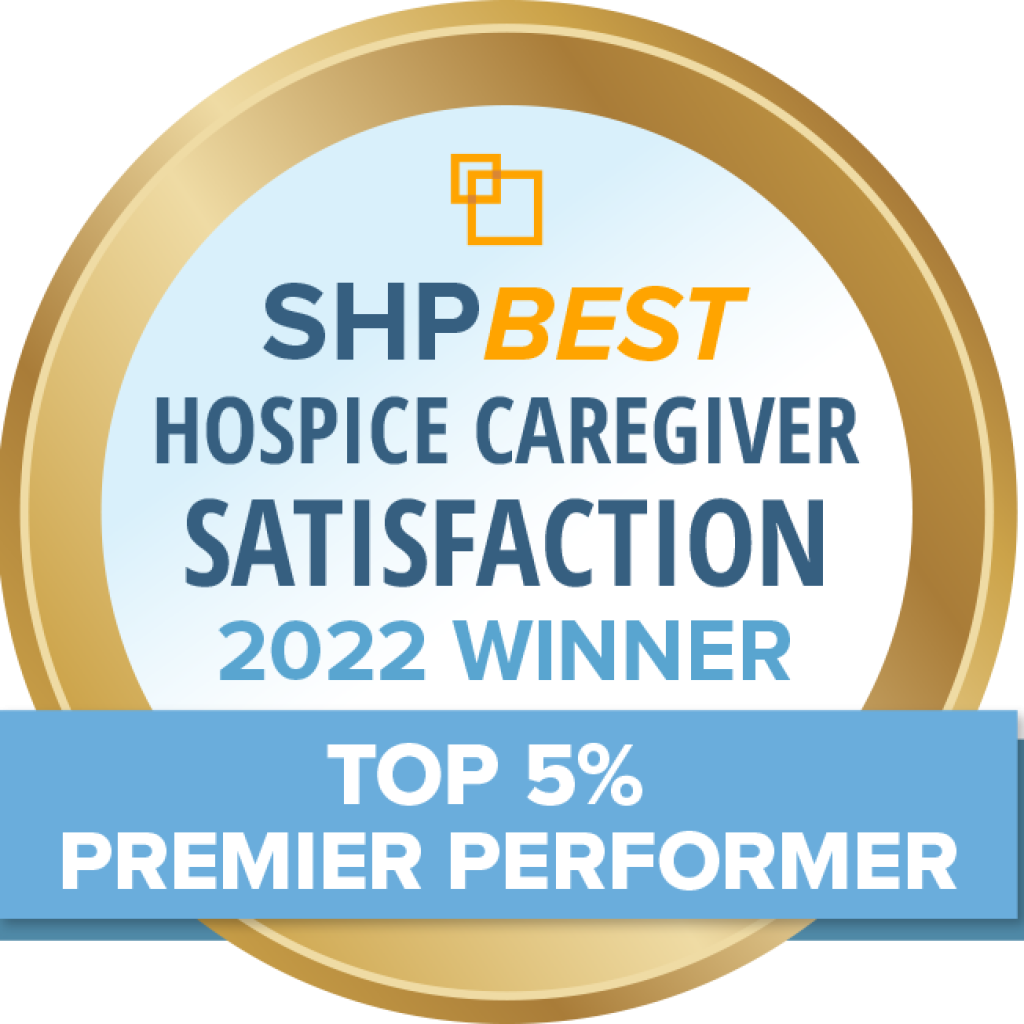By PAULA SPAN
NYTimes.com 620 Eighth Avenue New York, NY 10018
Copyright 2013 The New York Times Company
I’ve often wondered why more families don’t call hospice when a loved one has a terminal disease — and why people who do call wait so long, often until death is just days away.
Even though more than 40 percent of American deaths now involve hospice care, many families still are trying to shoulder the burden on their own rather than turning to a proven source of help and knowledge. I’ve surmised that the reason is families’ or patients’ unwillingness to acknowledge the prospect of death, or physicians’ inability to say the h-word and refer dying patients to hospice care.
But maybe there’s another reason. A study in the journal Health Affairs recently pointed out that hospices themselves may be turning away patients because of certain restrictive enrollment policies. It’s possible, too, that physicians who know of these policies aren’t referring patients whom the doctors fear wouldn’t qualify.
Surprisingly, this randomized national survey of almost 600 hospice programs represents the first broad inquiry into enrollment practices, though it’s been nearly 30 years since hospice became a Medicare benefit.
Nearly 80 percent of hospice programs, the study found, reported having at least one policy that could restrict access. “It represents a barrier to people who want hospice care but can’t receive it,” said lead author Melissa Aldridge Carlson, a geriatrics and palliative care researcher at the Mount Sinai School of Medicine.
What kind of barriers are we talking about? More than 60 percent of hospices won’t accept a patient on chemotherapy, and more than half won’t take someone relying on intravenous nutrition. Many won’t enroll patients receiving palliative radiation or blood transfusions; a few say no to tube feeding.
This made more sense a couple of decades ago, when Medicare developed the regulations requiring patients to forgo curative treatments when they entered hospice. Hospice patients must have a terminal disease, likely to cause death within six months, so such treatments were presumed futile.
But medicine evolves. Now, Dr. Aldridge Carlson pointed out, the distinction between curative and palliative treatments has grown blurry. “It’s increasingly an artificial dichotomy,” she said. “That’s not the reality for most patients today with end-stage disease.”
Chemotherapy, for instance, is often used to shrink tumors that cause pain; radiation can prevent nausea and vomiting for patients with bowel obstructions. Though neither will cure a terminal cancer, as palliative treatments they can improve quality of life. Blood transfusions can help anemic cancer patients feel better, too, at least for a while.
Why, then, would hospices not accept dying people using these treatments? First, these are expensive to provide. The national average Medicare reimbursement for hospice care is just $140 a day, the study notes, and it’s not adjusted to reflect the cost of more complicated regimens. Besides, hospices worry about running afoul of Medicare regulations and being denied even that inadequate reimbursement.
This probably explains why the researchers found that smaller hospices were more likely than large ones to say no to patients receiving such treatments. “If you’re a small hospice caring for someone with many medical issues and the reimbursement doesn’t even cover the care – and then Medicare comes to take it back – that’s a big hit,” Dr. Aldridge Carlson said. Larger organizations with more patients and bigger budgets can better absorb the costs.
One bright note, though, is that almost 30 percent of the hospices studied offer some kind of open access enrollment without insisting on those prohibitions. Much more common in nonprofit hospices (a pity, because the real growth is in for-profit ones), open access usually means enrolling people who don’t yet meet the Medicare criteria, then converting them to Medicare patients as they become eligible.
At Gilchrist Hospice Care in Baltimore, for instance, patients still using chemotherapy, radiation, transfusions and several other treatments can enter what it calls “expanded care,” sometimes also known as “concurrent care.” (At Gilchrist, however, such patients still must meet the six-month hospice eligibility requirement.)
“If you say, ‘You can’t get blood transfusions any more,’ people say, ‘Why would I go with your program?’” said Regina Bodnar, Gilchrist’s clinical director. The hospice’s concurrent program “is not so either/or.”
People who enter hospice care with palliative treatments usually decide to forgo them anyway when they become less effective or more burdensome, Ms. Bodnar said, but “this allows people to make the transition over time.” As the largest hospice program in Maryland, a nonprofit with generous donors, Gilchrist can afford this more flexible, but expensive, approach.Could it be the future of hospice? That would require Medicare to make some changes in eligibility and reimbursement practices — a shift that might bolster Medicare’s solvency, too.
“Hospice saves money because it keeps people out of the hospital,” Dr. Aldridge Carlson said. Even more expensive outpatient treatments, like palliative radiation, are less costly than days spent in intensive care. Adjusting policies to allow more patients into hospice might bring costs down.But as important, it could make the call to hospice a slightly less terrifying prospect and provide more families with the help they need at the end of life. “We need to take down the barriers to hospice care,” Ms. Bodnar said, “and this is one way to do it.
Patient services are provided without regard to race, color, religion, age, sex (an individual’s sex, gender identity, sex stereotyping, pregnancy, childbirth and related conditions) , sexual orientation, disability (mental or physical), communicable disease, or national origin.
Read our Notice of Nondiscrimination here.
© 2025 AT Home Care & Hospice
All Rights Reserved
All Rights Reserved



